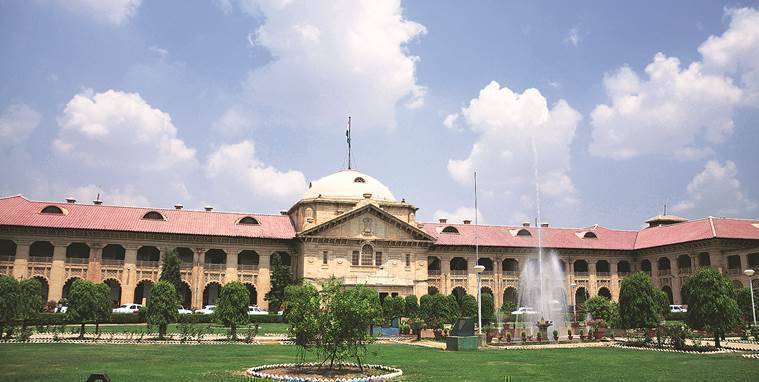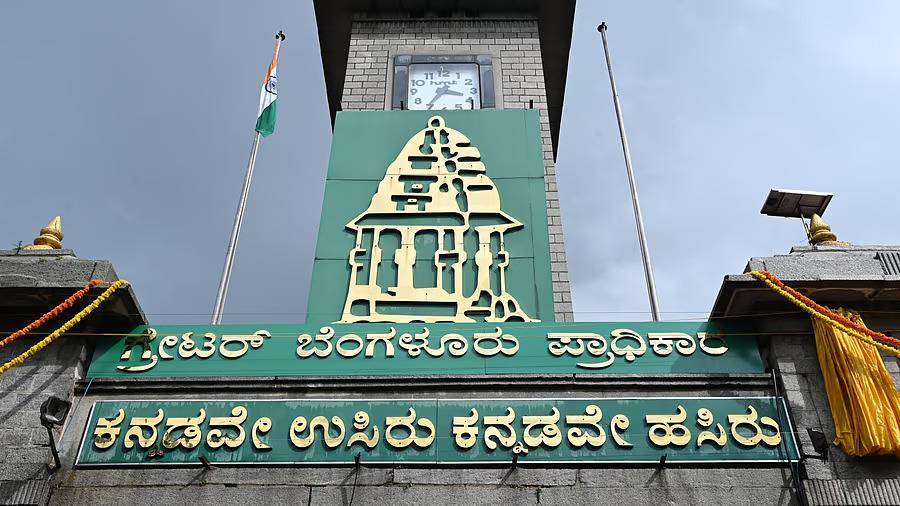In a move aimed at improving transparency and governance in rural development, the Karnataka Department of Rural Development and Panchayat Raj (RDPR) has issued detailed guidelines for granting layout approvals on converted lands situated within gram panchayat limits but outside designated local planning areas (LPAs).
The decision, issued under Section 199(B) of the Karnataka Gram Swaraj and Panchayat Raj (Amendment) Act, 2025, seeks to bring greater uniformity and accountability to the process of land development in rural and semi-urban areas that fall beyond the jurisdiction of urban development authorities.
According to the department’s notification, no new ‘khata’ or Property Identification (PID) number will be issued for sites intended for construction unless prior design approval for the layout plan has been secured from the competent planning authority having jurisdiction over that region. This condition will now serve as a mandatory prerequisite for any property registration or development-related activity on converted land.
Developers or layout promoters are now required to submit an application in Form 1, along with the prescribed documents, to the gram panchayat as detailed in Regulation 4(1) of the new framework. These submissions must include layout maps, land conversion orders, ownership proofs, and other relevant technical details.
Once the application is verified, the gram panchayat must seek prior design approval from the appropriate planning authority — such as the Town and Country Planning Department or other agencies notified by the state government. Only after this approval is obtained can the gram panchayat proceed to assign property identification numbers or khatas to the individual plots.
Transfer of Land for Public Use
As part of the approval process, layout owners or developers must relinquish, free of cost, all areas earmarked for roads, parks, civic amenities, parking, and public utilities to the concerned gram panchayat through a registered relinquishment deed. This measure ensures that essential infrastructure and community facilities are handed over for public maintenance and cannot be commercially exploited later.
The guidelines further specify that layout developers are responsible for carrying out all development works — such as road laying, drainage, street lighting, and water connections — strictly in line with the approved plans and cost estimates. These works must be authenticated and certified by competent engineering wings of departments including Panchayat Raj Engineering, Rural Drinking Water and Sanitation, and the concerned Electricity Supply Companies (ESCOMs).
Compliance and Record Maintenance
The RDPR department has instructed all gram panchayats outside local planning areas to strictly adhere to the prescribed procedures while approving layouts on converted lands. Panchayats are also required to maintain comprehensive records and documents related to all approved layouts, ensuring transparency and traceability. Moreover, the statement emphasized that panchayats must take proactive measures to bring such properties under the tax ambit, thereby expanding their revenue base and improving local infrastructure funding.
The new framework is expected to curb irregularities in rural layout approvals, a process that has often lacked uniform standards compared to urban regions. By mandating design approval from competent authorities and enforcing transparent handover of public spaces, the Karnataka government aims to ensure planned rural development, prevent unregulated real estate growth, and promote infrastructure readiness in fast-growing peripheral areas. These regulations also align with the state’s broader push toward integrated urban–rural development and digital property management through standardized PID-based systems.









.png)